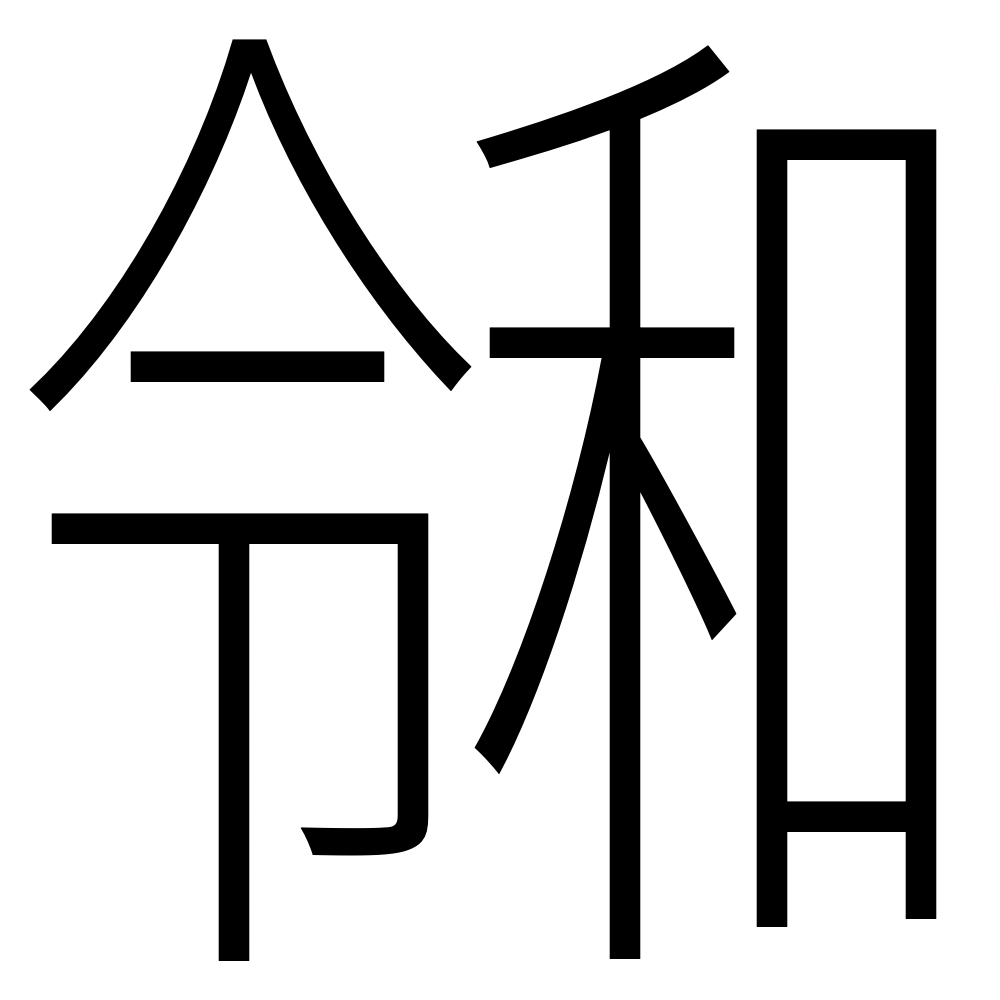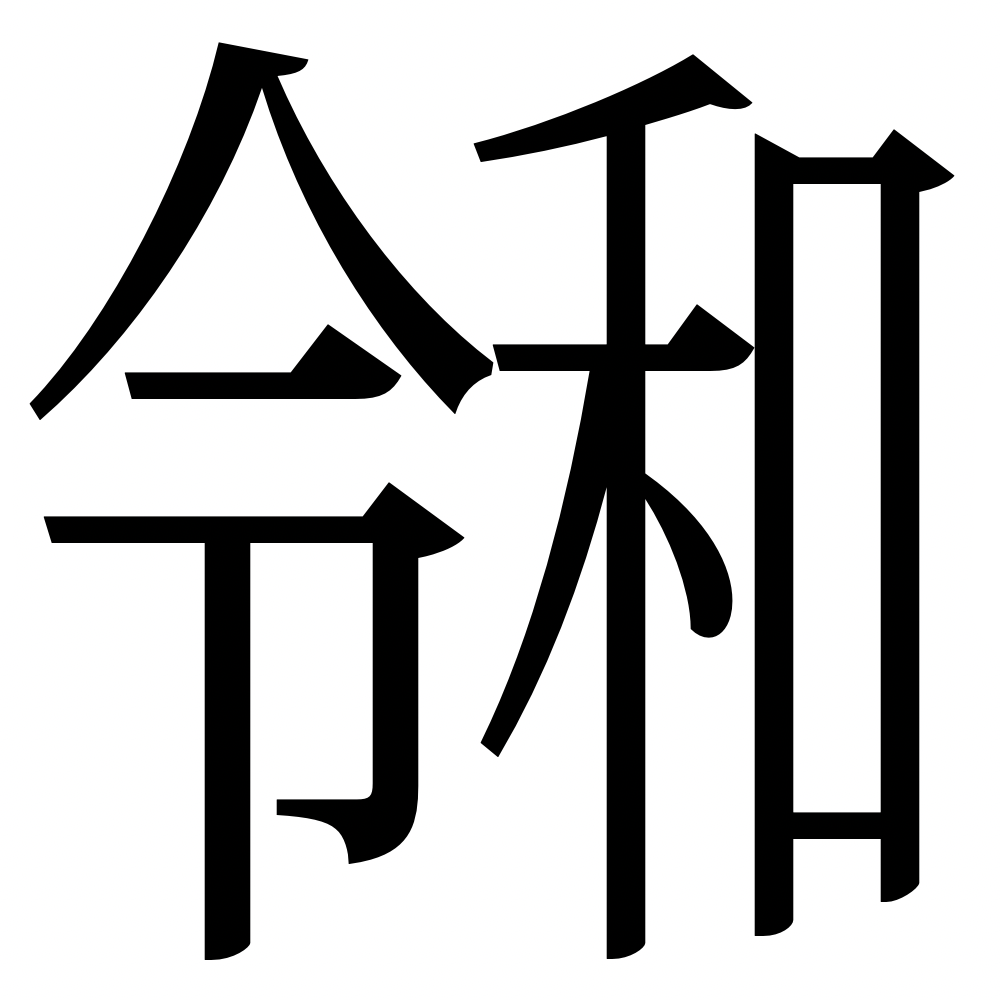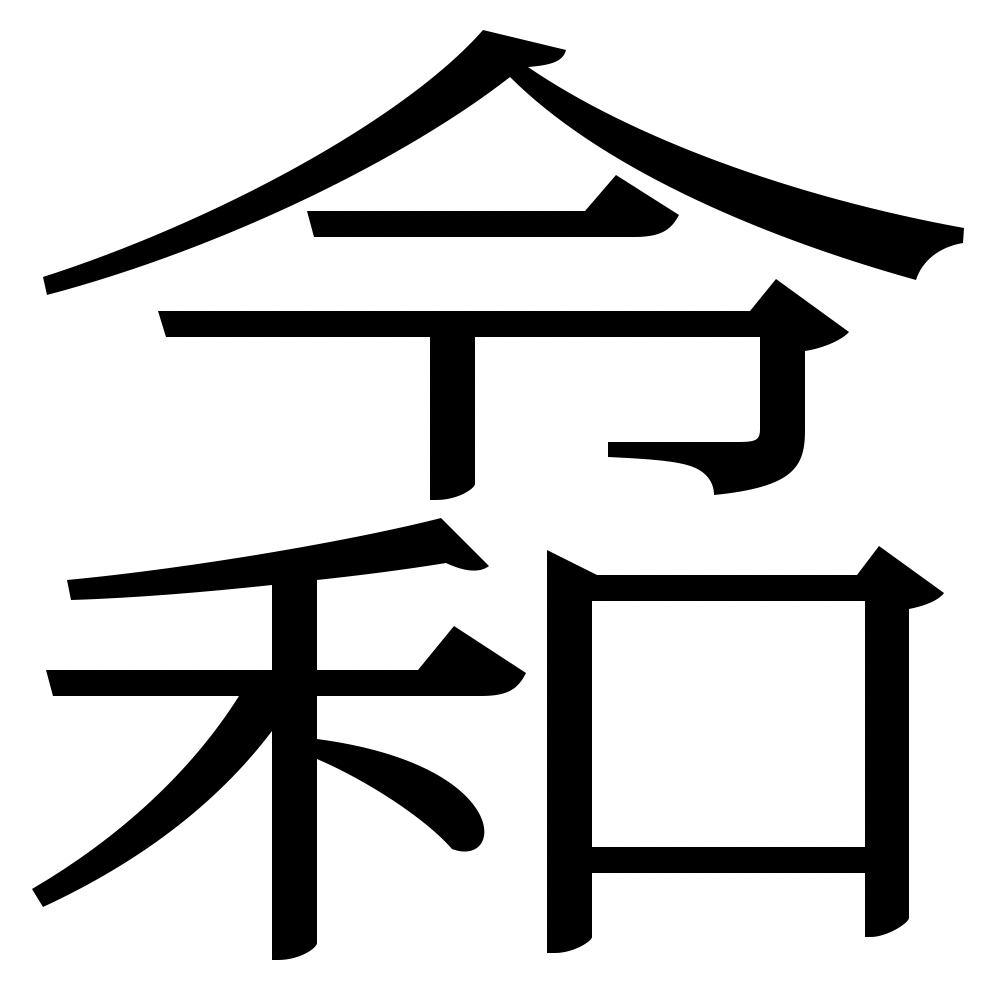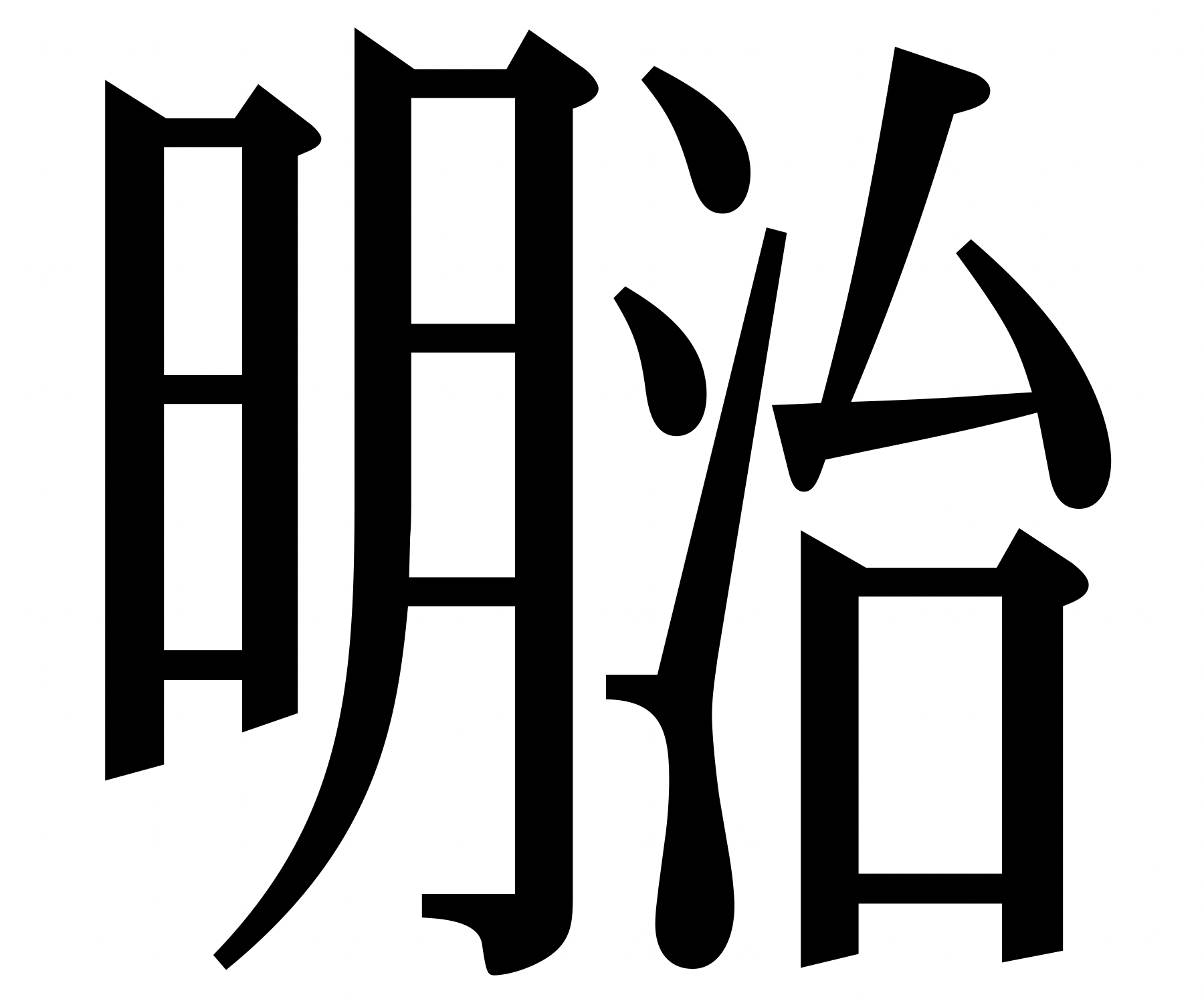
What in the world could オントロ (ontoro) and グスーム (gusūmu) possibly mean? (If you wait a few seconds, a hint will flash in the animated GIF above.)
Continue reading…


What in the world could オントロ (ontoro) and グスーム (gusūmu) possibly mean? (If you wait a few seconds, a hint will flash in the animated GIF above.)
Continue reading…
(翻訳:Adobe Type チーム 山本太郎)
グリフの可変字幅を可能にしながら、縦組みでのグリフの回転が必要となる欧文や和文組版における縦中横(縦組み行の中に横組みの要素が入る)の組み方も取り扱えるモデルを、最近考案しました。
本記事の目的は、私が開発したオープンソースのフォントと、その動作モデルの記述に関心を寄せていただくことにあります。そのフォントに対応するアプリケーションソフトウェアとレイアウトエンジンを実装する開発者に活用していただくことを意図したものです。
Continue reading…

For Adobe-Japan1–based OpenType/CFF Japanese fonts that support the glyph or glyphs for U+32FF ㋿ SQUARE ERA NAME REIWA (Unicode Version 12.1), meaning Adobe-Japan1-7 CID+23058 or CIDs 23058 and 23059, font developers need to be aware that adjustments to a small number of GSUB (Glyph SUBstitution) features are necessary to make them more easily accessible or simply usable.
Continue reading…
I recently came up with a Variable Font model to handle glyph compression and expansion in horizontal and vertical layout that includes support for characters whose glyphs rotate in vertical layout, such as the glyphs for Western characters, along with TCY (縦中横 tatechūyoko in Japanese, which literally means “horizontal in vertical”) support.
The purpose of this article is to call attention to the open source test font that I developed, along with a description of the model itself, which are intended to be used by developers to implement such support in apps and layout engines.
Continue reading…
As the readership of this blog should know, I updated the Source Han Sans and Noto Sans CJK fonts to Version 2.001 early last month, mainly to accommodate the glyphs for U+32FF ㋿ SQUARE ERA NAME REIWA, which is the two-ideograph square ligature form of Japan’s new era, Reiwa (令和), that began on 2019-05-01. I then seized the opportunity to update our corporate Adobe Clean Han typeface family, to bring it into alignment with Source Han Sans Version 2.001. The updated Adobe Clean Han fonts are now being served to this blog.
I then decided to embark on a somewhat ambitious project to develop a new open source typeface named Source Han Mono, which is best described as a Pan-CJK version of Source Han Code JP, first developed four years ago by my esteemed colleague in our Tōkyō office, Masataka Hattori (服部正貴). You can read the background here. This effectively closes Issue #2 in the Source Han Code JP project.
Source Han Mono is a derivative typeface design of Source Han Sans, designed by my colleague Ryoko Nishizuka (西塚涼子), and Source Code Pro, designed by my colleague Paul D. Hunt. Its localized names are 源ノ等幅 (Japanese), 본모노 (Korean), 思源等宽 (Simplified Chinese), 思源等寬 (Traditional Chinese—Taiwan), and 思源等寬 香港 (Traditional Chinese—Hong Kong SAR). (As an aside, the reason why the Traditional Chinese—Hong Kong SAR name, 思源等寬 香港, appears correctly is due to the updated Adobe Clean Han fonts. This benefitted the glyphs for U+7B49 等 and U+9999 香.)
This article will detail some of the challenges that I faced, along with some of the decisions that I made, while developing this new Pan-CJK typeface family.
Continue reading…

The recent Source Han Sans Version 2.001 update provided to me an excellent opportunity to bring Adobe Clean Han, Adobe’s corporate Pan-CJK typeface, into alignment. I am pleased to announce that, as of yesterday, the updated Adobe Clean Han fonts are now being served to this blog via Adobe Fonts.
To celebrate this significant update, I decided that it would be appropriate to illustrate—using live text that can be easily copied and repurposed elsewhere—the 68 ideographs that include five separate glyphs, one for each of the five supported regions/languages:
| Simplified Chinese |
|---|
| 傑僭割劘匾叟喝塌姿嬴幰廋扇扉搨摩榻溲潛瀛瘦瞎磨窖竇箭篠簉糙綢纛羸翁翦翩肓臝艘花裯褐謁譖豁贏轄返迷途造週遍遭選遼鄰釁閼雕靠靡颼飯驎鬣魔麗麟 |

I spent the last couple of weeks developing a Variable Font version of the infamous Adobe Blank, and the open source project, named Adobe Blank VF & Friends, was released yesterday evening. But, before I detail what makes the Variable Font versions special, besides being Variable Fonts, let’s briefly go over the history of Adobe Blank and Adobe Blank 2.
First released in 2013 as open source, Adobe Blank simply maps all 1,111,998 Unicode code points to non-spacing and non-marking glyphs. What made the project interesting for me was to find the right balance between the number of glyphs and the size of the 'cmap' table. When mapping over a million code points, this becomes a valid concern. After some experimentation, I found that 2,049 glyphs was the sweet spot that resulted in 'CFF ' and 'cmap' tables of a relatively small size.
Adobe Blank 2, which was first released in 2015, is a two-glyph version of Adobe Blank that includes a Format 13 (Many-to-one range mappings) 'cmap' subtable that maps all 1,111,998 Unicode code points to GID+1. At the time, there was no convenient way to create a Format 13 subtable, so I used ttx, and supplied the actual hex values of the compiled subtable. The current version of ttx can successfully compile a Format 13 subtable by explicitly specifying all 1,111,998 mappings.
That then brings us to the Variable Font versions…
Continue reading…

The earlier part of this year was spent preparing new and revised glyphs for the Source Han Sans and Google-branded Noto Sans CJK Version 2.001 update, which also involved changing several mappings. The fonts for the former Pan-CJK typeface family were released today, and as usual, the all-inclusive—and highly-recommended—45-font Super OTC (OpenType Collection) is easily downloaded from the latest release page. See the official ReadMe (will download if clicked) for more details about this release. 70 of the Source Han Sans Version 2.001 fonts are also available via Adobe Fonts (formerly Adobe Typekit).
Continue reading…


Japan announced the name of their new era, 令和 (reiwa), today. This announcement has set several things into motion, one of which is the publishing of the Adobe-Japan1-7 specification that adds CIDs 23058 and 23059 as the respective horizontal and vertical forms of the two-kanji square ligature form that will be encoded as U+32FF ㋿ SQUARE ERA NAME REIWA in Unicode Version 12.1. Font developers can now reference the Adobe-Japan1-7 specification.
Continue reading…

In exactly 10 days, Japan is expected to reveal the name of its next era that will begin on 2019-05-01.
This article will cover several important standards or events that are related to the two-kanji square ligature forms of the current era name, the previous three, and the forthcoming one.
Continue reading…